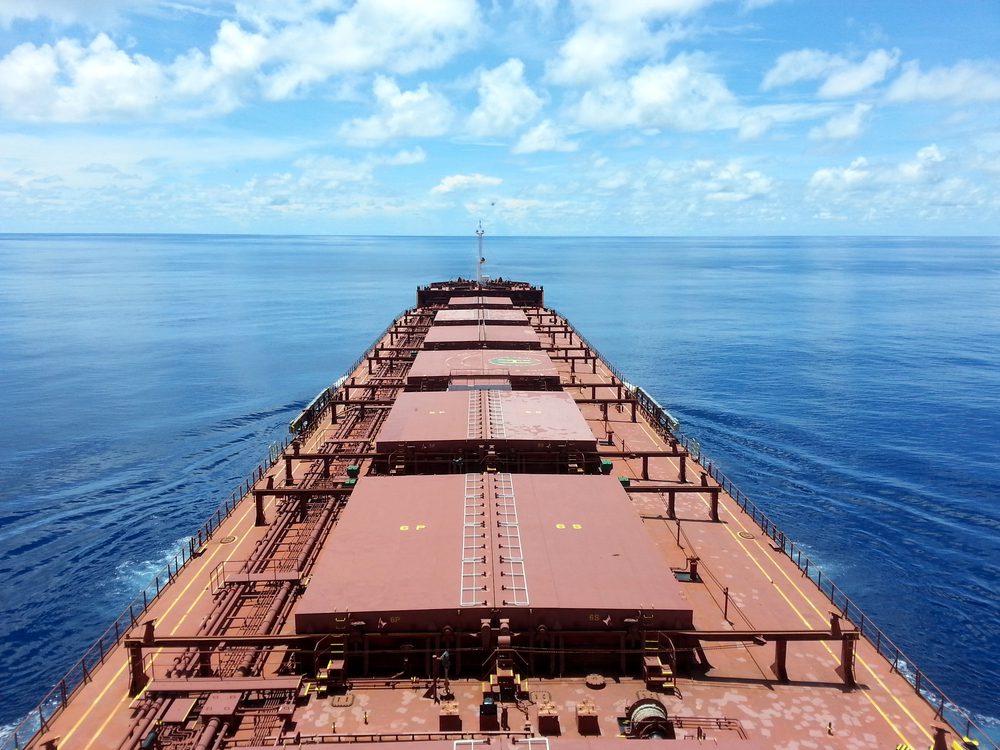Update: The Baltic Dry Index slid further Wednesday, closing at 471 points – its new all-time low.
By Manisha Jha
(Bloomberg) — The shipping industry’s most-watched measure of rates for hauling commodities plunged to a fresh record amid a persisting glut of ships and speculation weakening Chinese steel output could translate into declining imports of iron ore to make the alloy.
The Baltic Dry Index fell 4.7 percent to 484 points, the lowest in Baltic Exchange data starting in January 1985. Rates for three of the four ship types tracked by the exchange retreated. China, which makes about half the world’s steel, is on track for the biggest drop in output for more than two decades, according to data compiled by Bloomberg Intelligence.
Owners are reeling as China’s combined seaborne imports of iron ore and coal — commodities that helped fuel a manufacturing boom — record the first annual declines in at least a decade. While demand next year may be a little better, slower-than-anticipated growth in 2015 has led to almost perpetual disappointment for rates, after analysts’ predictions at the end of 2014 for a rebound proved wrong.
“It doesn’t help that Chinese steel production is about to see the most dramatic decline to the lowest in 20 years,” said Herman Hildan, a shipping-equity analyst at Clarksons Platou Securities in Oslo. “Demand growth is collapsing.”
Rates for Capesize ships fell by between 13 percent and 15 percent, the Baltic Exchange’s figures showed. The ships are so- called because they can’t get through the locks of the Panama Canal and must instead sail through around South Africa or South America.
Smaller Panamaxes, which can navigate the waterway, advanced 0.3 percent to $3,285 a day. The two other vessel types that the Baltic Exchange monitors both declined.
Owners are contending with a fleet whose capacity more than doubled over the past decade. At the end of last year, shipping analysts forecast rates for Capesize-class vessels would jump by about a third in 2015. By the start of this month, they were expecting a decline of about that magnitude.
©2015 Bloomberg News

 Join The Club
Join The Club











